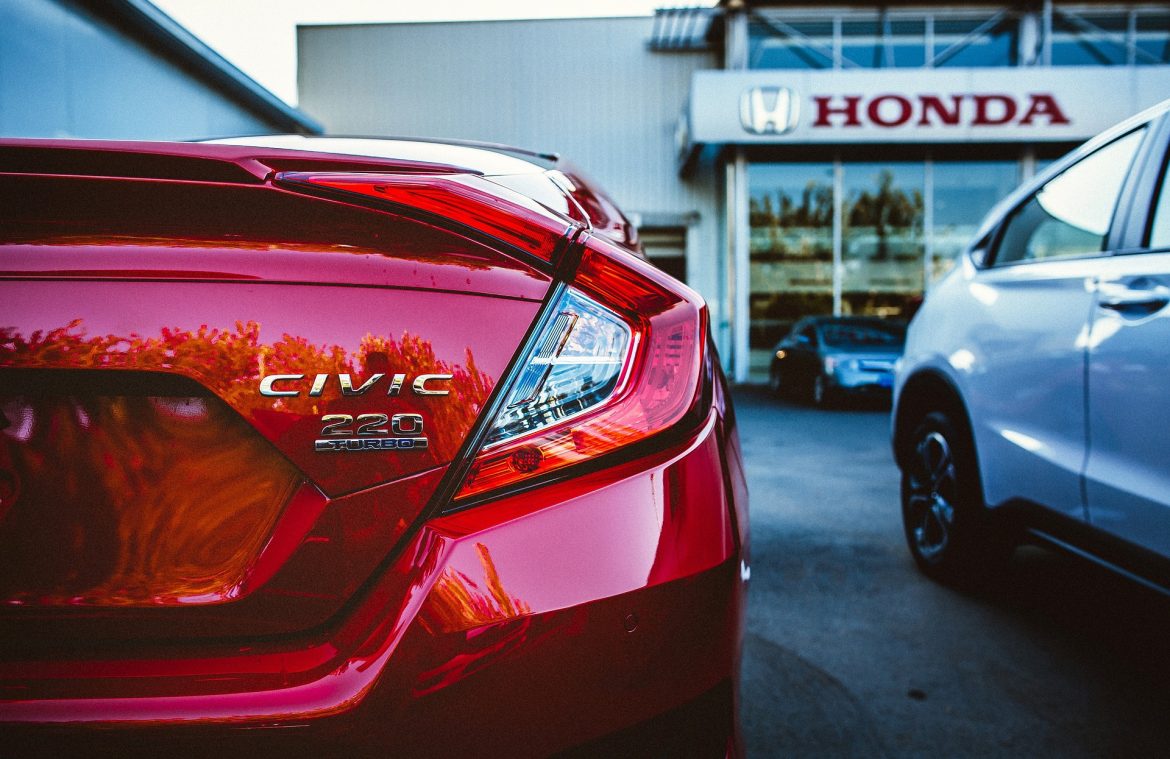Avoid dealer and manufacturer financing
You will not stay in a car dealership for long before the salesperson inquires how you plan to
pay for the vehicle. When they throw the question your way, just say you will be paying in
cash. It does not suggest that you will bring in a briefcase full of money, but it means that you
are not interested in manufacturer or dealer financing.
When replacing an older car with a new model and your credit is in good standing, dealer
financing can be a good option. However, in most cases, it is not, since credit unions and
banks offer better deals than those from the dealers. When you declare that you will not take
the dealer’s financing, they cannot overcharge you. It also allows you to focus on the
features as well as the price of your car of choice.
Consider all your financial sources
Look into all the alternatives you can use to pay the car. For instance, would you rather sell
an asset than pay a loan that attracts 7 percent interest? That is a tough call, and you are
likely to reject it. However, you ought to consider all your options and settle for the one that
costs the least.
Consider factory certified pre-owned vehicles
“Certified pre-owned” is a popular term for used cars. However, they have additional
assurances regarding the vehicle’s condition. The reason for this is that they are usually
inspected and fixed before being presented to the market. They also come with a
manufacturer-backed warranty.
Avoid leasing
Leasing is extended car rental. The moment you lease a vehicle; you should return it after
the lease period ends or buy it from the dealer at a pre-determined cost. The buying price is
often costlier than what you would spend for a similarly used vehicle. On the other hand,
taking a loan to buy a car is better since it becomes yours the instance you finish paying for
the loan.




